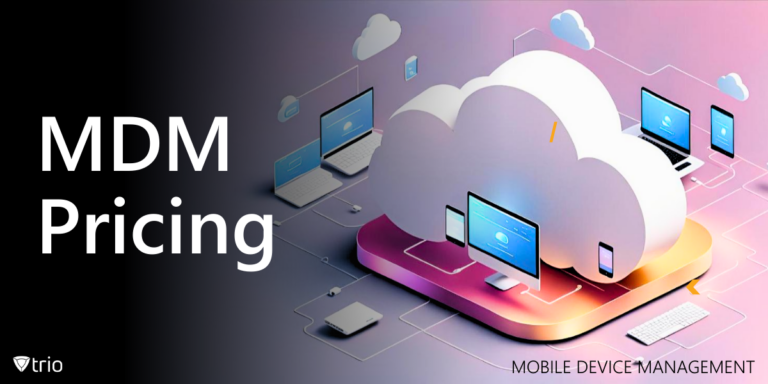In today’s digital landscape, ensuring robust IT security is paramount for organizations to protect their information assets and IT infrastructure. According to IBM’s Data Breach report, “The global average cost of a data breach in 2023 was USD 4.45 million.” Having a well-defined IT security policy template provides a structured approach to mitigating risks associated with cyber threats and data breaches. It ensures that all employees are aware of their responsibilities and follow standardized procedures to safeguard sensitive data. Additionally, it helps organizations comply with legal and regulatory requirements, enabling quicker and more efficient responses to security incidents.
Why IT Security Policies Matter
Having a consistent IT security policy is vital for organizations because it provides a structured approach to safeguarding their information assets and IT infrastructure. A well-defined policy ensures that all employees are aware of their responsibilities and the procedures they must follow to protect sensitive data. This consistency helps mitigate risks associated with data breaches and cyberattacks, as everyone in the organization follows the same protocols, reducing the likelihood of security lapses. Moreover, a unified policy facilitates better coordination among different departments, ensuring that security measures are uniformly applied across the organization.
Additionally, a consistent IT security policy is crucial for legal and regulatory compliance. Various regulations, such as the GDPR, HIPAA, and industry-specific standards, require organizations to implement specific security measures to protect sensitive information. By maintaining a consistent policy, organizations can more easily demonstrate compliance during audits and avoid penalties. Furthermore, a cohesive policy enables quicker and more efficient responses to security incidents, as predefined procedures guide the actions of all personnel involved. This not only helps in minimizing the impact of security breaches but also aids in recovering from them more effectively.
Important Criteria for Creating an IT Security Policy
When creating an information security policy template, it is essential to ensure comprehensive coverage of all aspects of IT security. The policy should include detailed definitions of key terms to avoid ambiguity and ensure that all stakeholders have a clear understanding of the requirements. This includes terms like data encryption, firewalls, antivirus software, and incident response. A thorough policy for data protection outlines data protection measures such as encryption protocols, backup procedures, and access controls to safeguard sensitive information from unauthorized access and data breaches.
Moreover, the policy must address network security by specifying the implementation of firewalls, intrusion detection systems (IDS), and regular updates of antivirus software to protect against cyber threats. User responsibilities should be clearly defined, emphasizing the importance of strong password management, recognizing phishing attempts, and participating in regular security training programs. Incident response procedures must be detailed, including steps to take immediately following a breach, notification processes, and post-incident analysis. Finally, the policy should mandate regular reviews and updates to ensure its effectiveness in the face of evolving threats and changing regulatory requirements.
Download Our Free IT Security Policy Template
Here’s an example information technology security plan template you can use as reference:
Mobile Device Management (MDM) Solutions and IT Security Policies
Mobile Device Management (MDM) solutions play a crucial role in enhancing IT security policies by providing centralized control over the use of mobile devices within an organization. MDM solutions allow IT administrators to enforce security policies on mobile devices, ensuring that all devices comply with the organization’s security standards. This includes enforcing encryption, implementing strong authentication methods, and controlling the installation of applications. By managing mobile devices centrally, organizations can prevent the use of unauthorized apps and reduce the risk of data breaches caused by unsecured devices.
See Trio in Action: Get Your Free Trial Now!
Furthermore, MDM solutions, such as Trio, offer the capability to remotely wipe data from lost or stolen devices, ensuring that sensitive information does not fall into the wrong hands. This feature is particularly important in maintaining compliance with data protection regulations. Additionally, MDM solutions can monitor device usage and provide real-time alerts for suspicious activities, allowing IT teams to respond quickly to potential security threats. By integrating MDM solutions with existing IT security policies, organizations can extend their security controls to mobile devices, ensuring comprehensive protection across all endpoints. Try out Trio’s free demo today to discover all of its capabilities.
Get Ahead of the Curve
Every organization today needs a solution to automate time-consuming tasks and strengthen security.
Without the right tools, manual processes drain resources and leave gaps in protection. Trio MDM is designed to solve this problem, automating key tasks, boosting security, and ensuring compliance with ease.
Don't let inefficiencies hold you back. Learn how Trio MDM can revolutionize your IT operations or request a free trial today!




